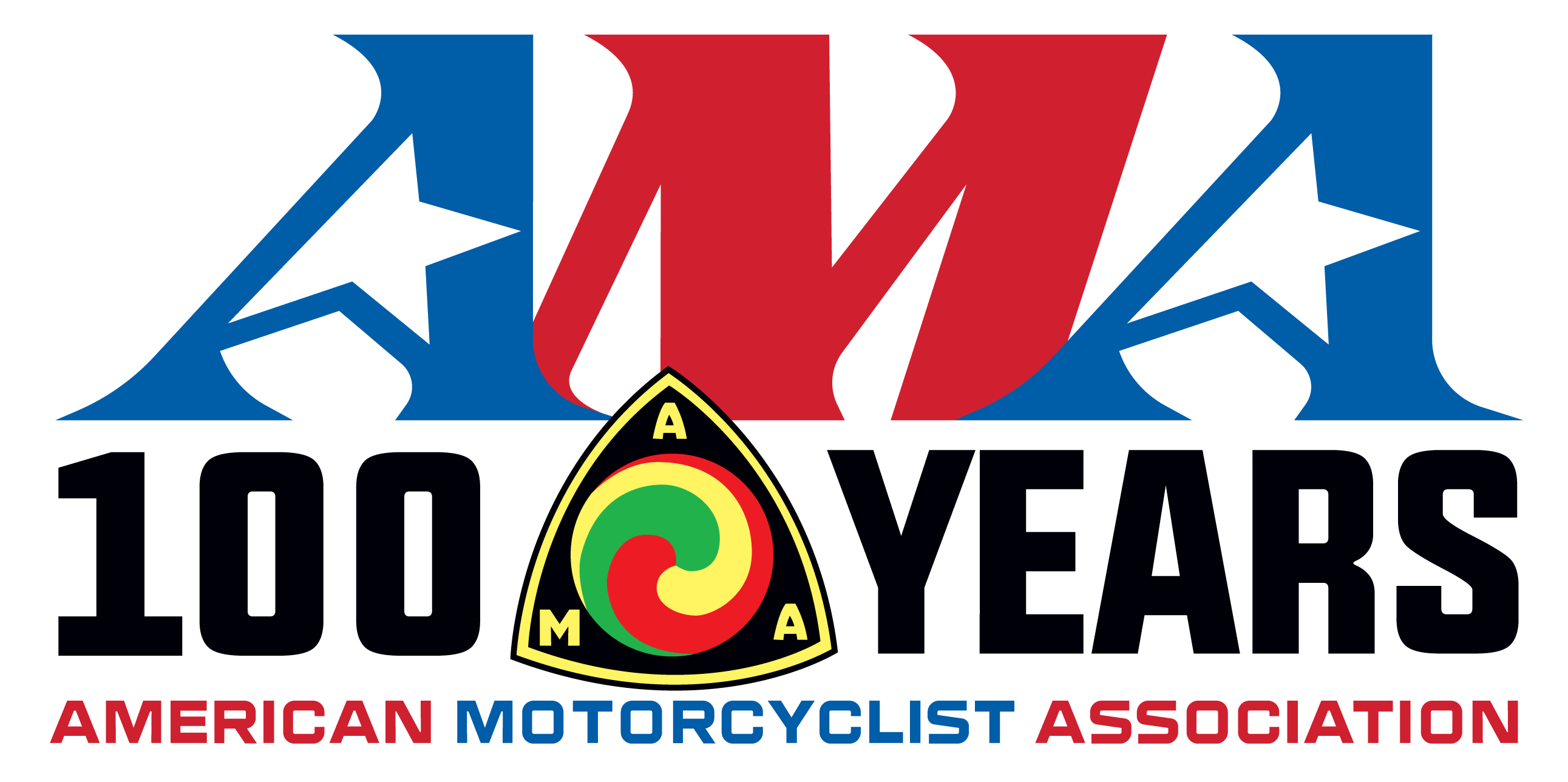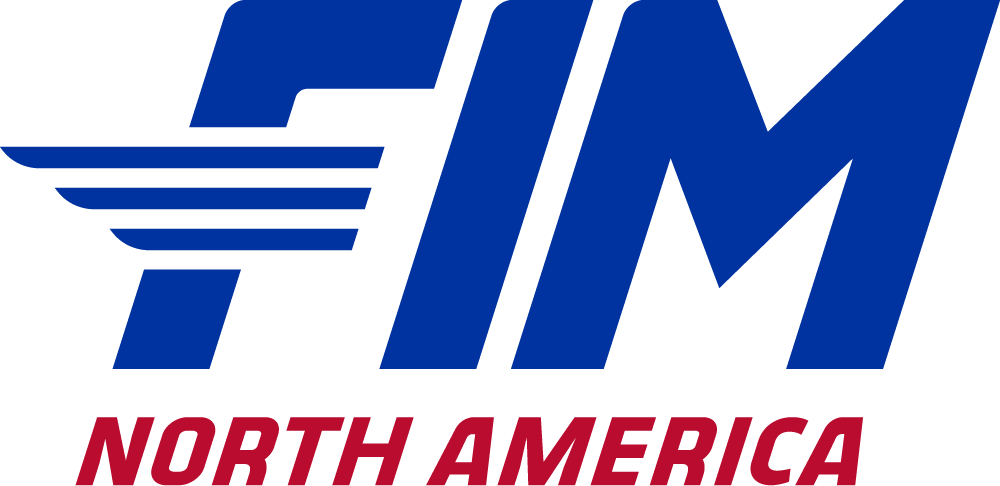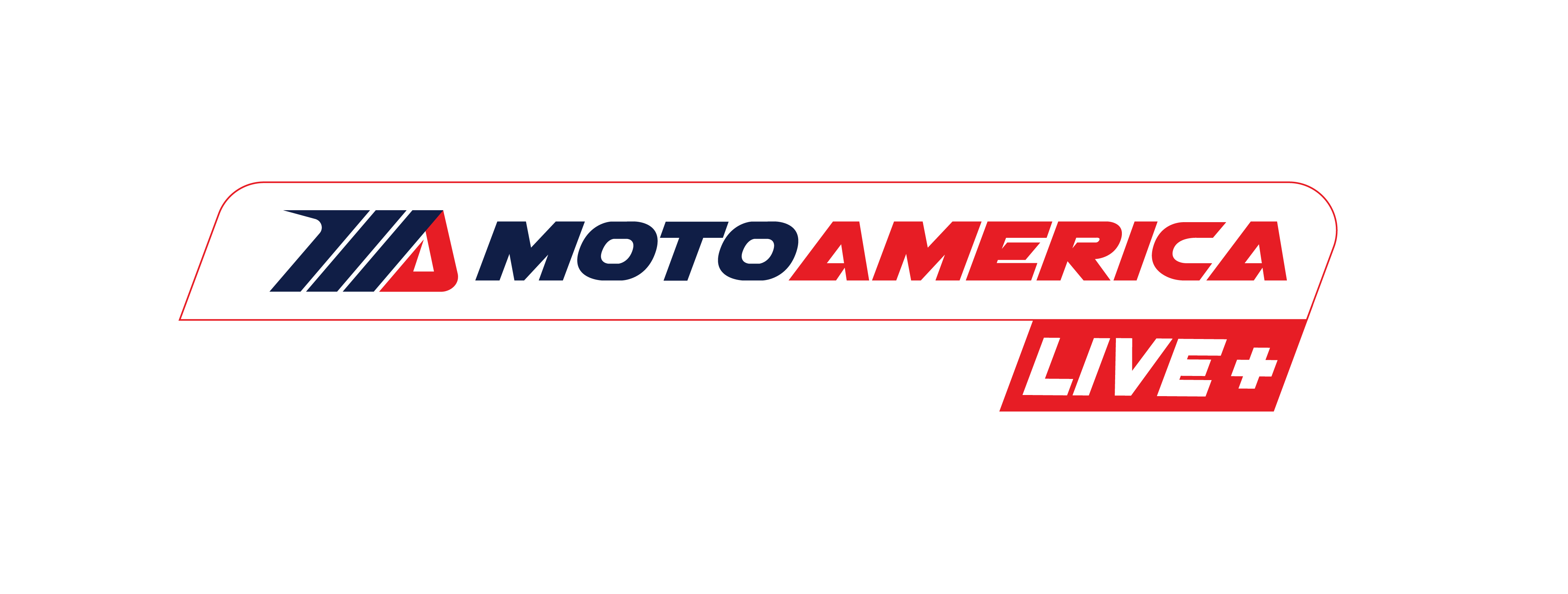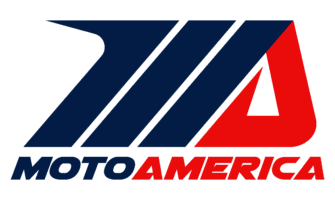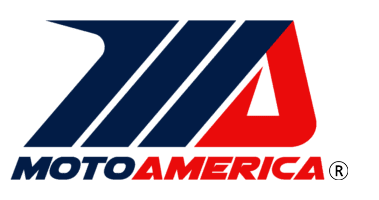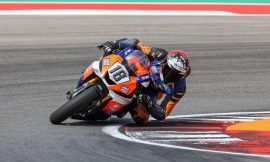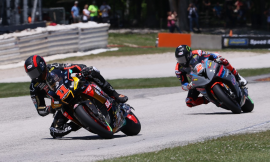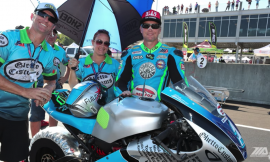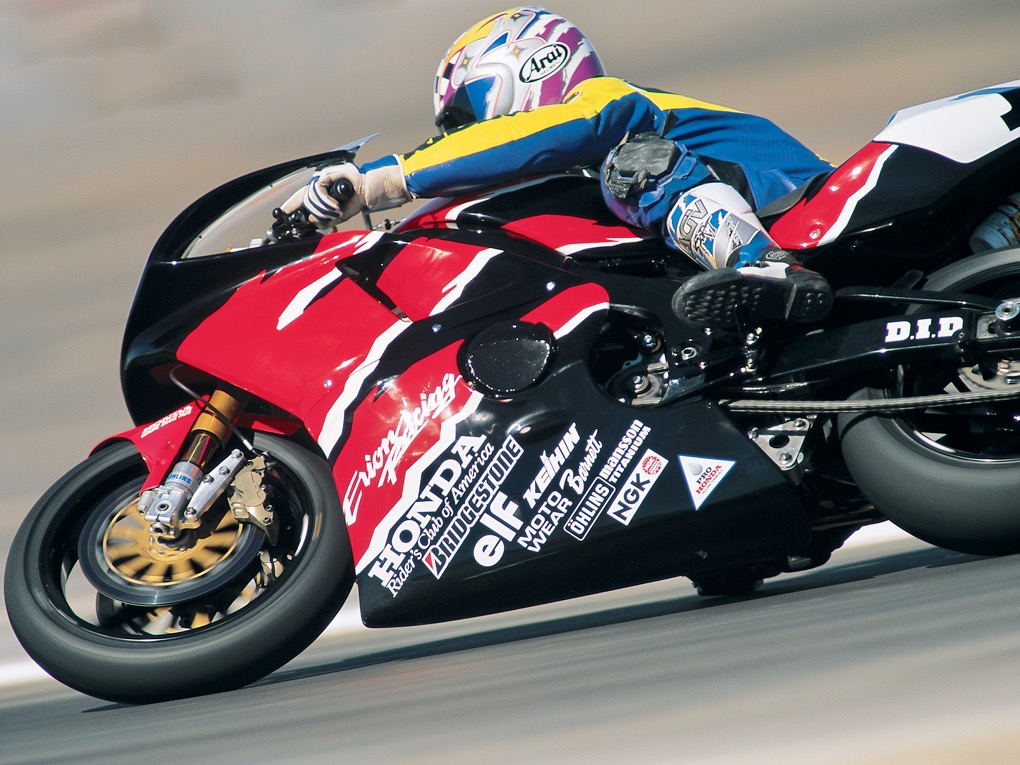
Boasting an entry list that is 30 riders strong for Barber Motorsports Park, MotoAmerica’s Supersport class continues to attract road racers to its premier middleweight division. The advent of Supersport Next Generation rules has breathed new life into the class as a broader range of middleweight motorcycles with engine configurations and displacements beyond the traditional four-cylinder 599cc platform provides interesting matchups between more motorcycle brands than ever before.
And, speaking of “ever before,” a week from tomorrow, MotoAmerica will introduce its latest innovation to the Supersport class: the extended race. At next weekend’s Superbikes at Barber event, MotoAmerica will feature a single Supersport race, which will conclude Saturday’s on-track activities at the Birmingham, Alabama, racetrack.
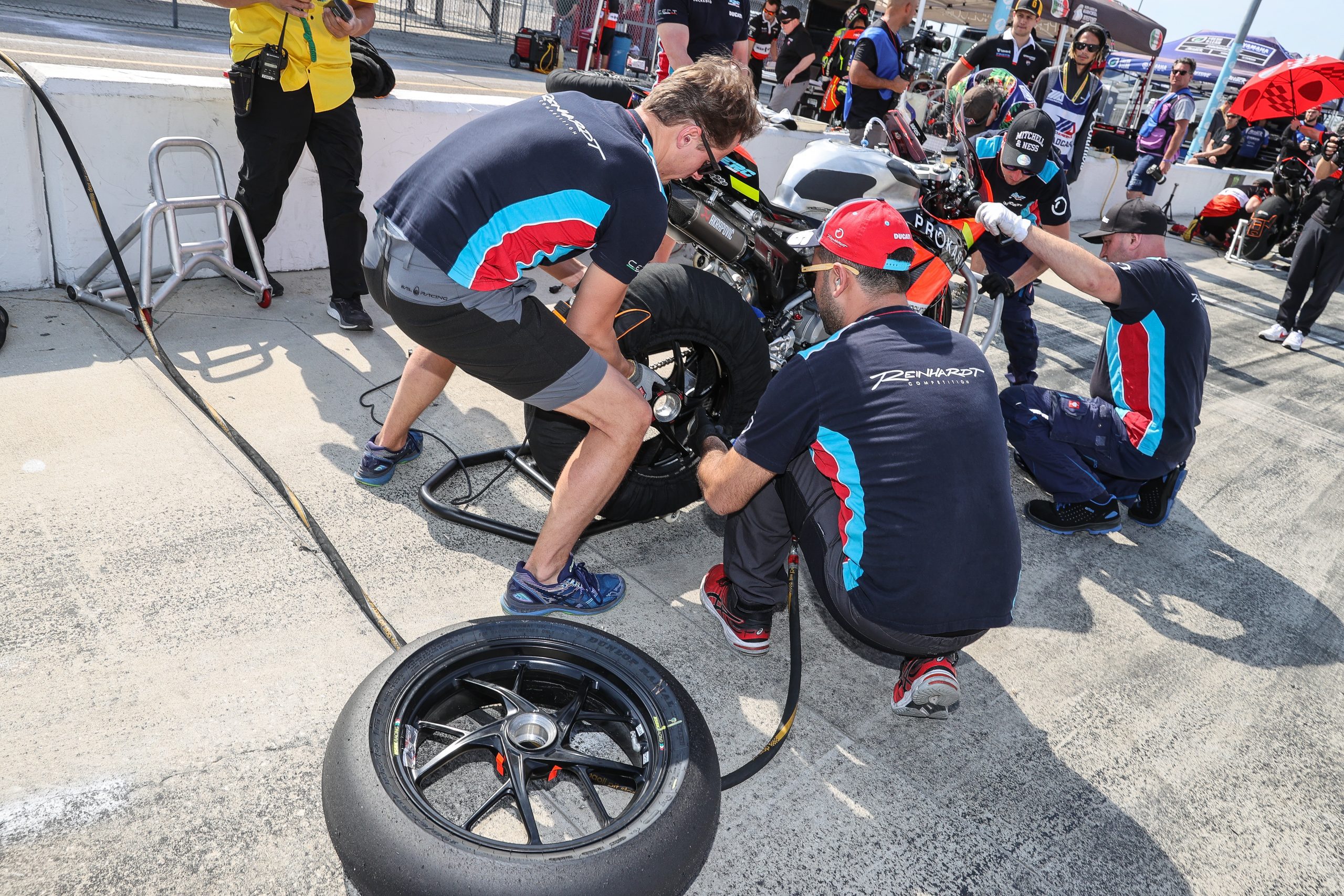
In the past, there have traditionally been two Supersport feature races at Barber Motorsports Park, with individual 19-lap sprints on both Saturday and Sunday. This year, an extended race will be held only on Saturday, which will be a 37-lap sprint that includes a pit stop. According to MotoAmerica rules, that pit stop must be completed prior to two-thirds (2/3) race distance. If a rider doesn’t complete a minimum of one pit stop, a time adjustment will be added. The time adjustment will be, in principle, the time required to complete a pit stop plus a penalty to be determined by Race Direction. In other words, riders, make your pit stop or else.
This extended race conjures up the question: other than the Daytona 200, has MotoAmerica or the AMA ever featured sprint races with a pit stop before? Some might argue that the Daytona 200 isn’t a sprint race at all, and it’s an argument you’d win with me because it sure does look like a three-hour endurance race in my book. Also, endurance road racing has had its place in AMA-sanctioned competition in the past, in the form of GTO- and GTU-formula events involving teams of riders competing in races that lasted several hours.
But, again, has MotoAmerica or the AMA ever featured sprint races with a pit stop before? Well, MotoAmerica hasn’t, but the AMA definitely has.*
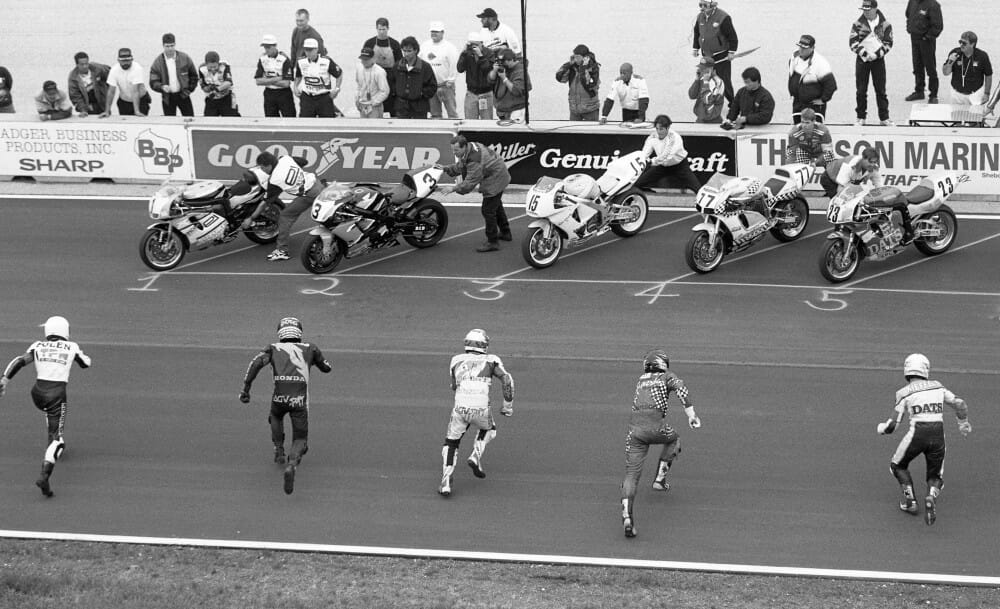
In the early- to mid-1990s, the AMA/CCS Endurance Championship—where the old GTO and GTU endurance races took place—was supplanted by a race class called “SuperTeams.” The AMA Performance Machine SuperTeams Championship was an unlimited-modification race class that featured sprint races of about an hour in duration that required a pit stop. Also, as was befitting of the “SuperTeams” name, the pit stop required a rider change. Oh, and there was one other wrinkle: SuperTeams races required a “Le Mans-style start,” meaning that, while one member of each team held their team’s motorcycle upright, the starting rider had to run across the track, swing a leg over their bike, and take off.
SuperTeams only lasted a few years in the 1990s, but the class featured a who’s-who of riders and teams of that era, including Cycle Motion Suzuki’s Aaron Yates (who was part of the 1995 AMA SuperTeams Championship-winning squad), Erion Racing Honda’s Andrew Stroud and Doug Toland, EBSCO Media Suzuki’s Doug Polen and Dale Quarterley, Dutchman Racing Yamaha’s Fritz Kling and Ray Yoder, Moto Liberty Honda’s Gerald Rothman and Al Salaverria, and even Muzzy Kawasaki had a team that featured riders Tripp Nobles and Tiger Sohwa, with Fred Merkel occasionally serving as a fill-in rider.
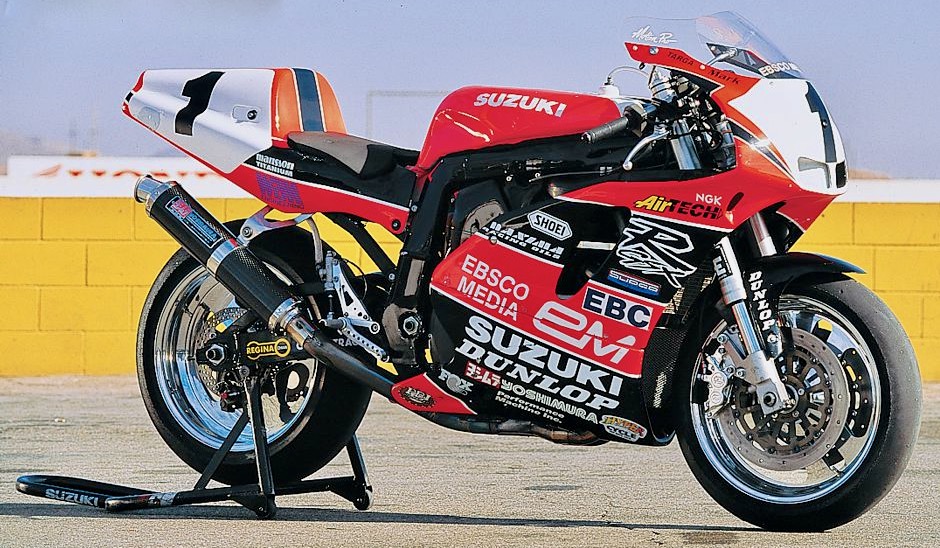
And, with SuperTeams being an unlimited-modification race class, that’s exactly what you saw: bikes with unlimited modifications. Cycle Motion Suzuki and Hyper-Cycle Suzuki both campaigned GSX-R1146 open-class machines; Dutchman Racing had a bike dubbed the “YamaMonster,” which was a Yamaha YZF750 into which they shoehorned a YZF1000 engine; Erion Racing’s Honda CBR900RR was positively bristling with exotic hardware and components; and Robby Muzzy built a Kawasaki ZX-9R that was a rapidly rolling showcase of the man’s bike-building and tuning prowess.
The final year for AMA Performance Machine SuperTeams was 1996, and the championship was won by the Erion Racing team of Stroud and Toland. In 1997, the class was replaced by the AMA’s first iteration of Formula Xtreme, which featured literbikes that were still potent but not quite as wildly configured and tuned as those from the SuperTeams era.
From the Daytona 200, to SuperTeams, to the Supersport extended race that will make its debut next weekend at Barber Motorsports Park, one thing is certain. Pit stop racing always adds an extra element of strategy for the teams and riders, and excitement for the fans.
EDITOR’S NOTE: The very astute Mr. Chris Ulrich and Mr. Cory West rightfully pointed out that the final Superbike race of the 2001 season, which was held at VIRginia International Raceway–the AMA’s first-ever visit to VIR, by the way–was a 150-kilometer, 42-lap final that featured a mandatory pit stop. Incidentally, the race was won by Honda’s Nicky Hayden.
For the full 2023 MotoAmerica schedule and to purchase tickets for MotoAmerica events, click HERE
For information on how to watch the MotoAmerica series, click HERE
